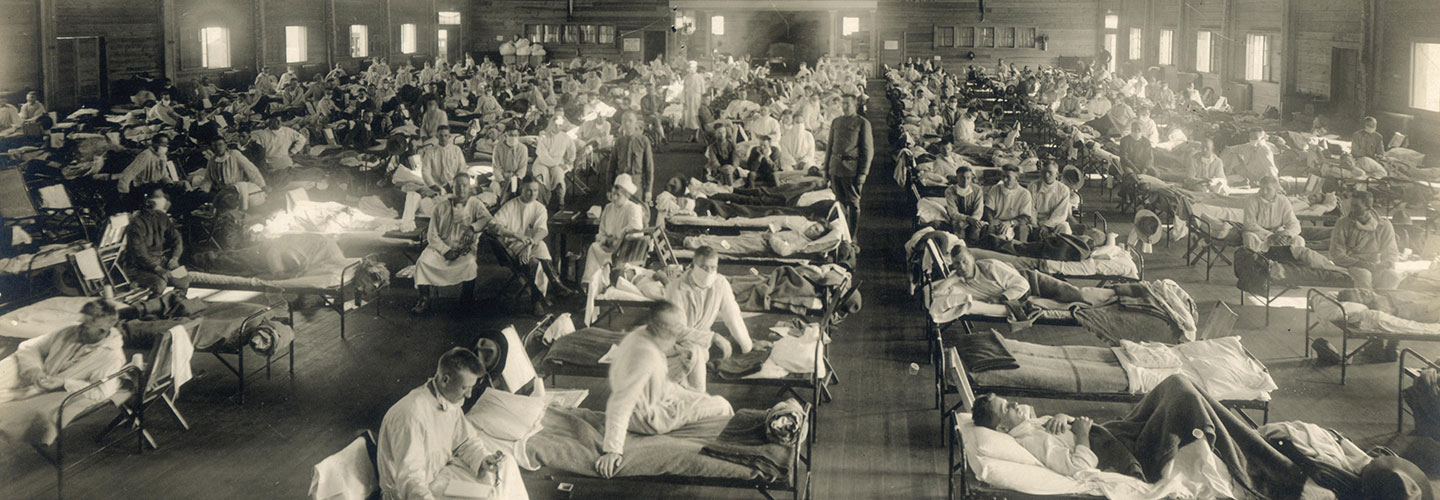On October 5, 1918, Violet Harris found out her school was closing down. A dangerous disease was spreading around the country. But to Violet, 15, it didn’t feel like a threat.
“It was announced tonight that all churches, shows, and schools would be closed,” she wrote in her diary. “Good idea? I’ll say it is! So will every other school kid.”
But Violet’s excitement didn’t last. Within a week, the disease had taken hold in her hometown of Seattle, Washington. The entire city was gripped with fear. People started wearing masks to protect themselves. Violet’s dad could find only three masks for their family of seven.
Worst of all, Violet’s best friend, Rena, got sick. Before long, she could hardly walk. Violet was scared for Rena, and she couldn’t even visit her friend. “It is too bad, but no one can take the chance of getting the flu,” she wrote. “It’s too dangerous.”
On October 5, 1918, Violet Harris found out her school was closing down. A disease was spreading around the country. It was dangerous. But Violet, 15, wasn’t scared.
“It was announced tonight that all churches, shows, and schools would be closed,” she wrote in her diary. “Good idea? I’ll say it is! So will every other school kid.”
But Violet’s feelings soon changed. Within a week, the disease took hold in her hometown of Seattle, Washington. People were scared. They started wearing masks to protect themselves. Violet’s father could find only three masks. There were seven people in their family.
And that wasn’t all. Violet’s best friend, Rena, got sick. Before long, she could hardly walk. Violet was worried. And she couldn’t even visit. “It is too bad, but no one can take the chance of getting the flu,” she wrote. “It’s too dangerous.”
On October 5, 1918, Violet Harris found out her school was closing down. A dangerous disease was spreading around the country—but to Violet, 15, it didn’t feel especially threatening.
“It was announced tonight that all churches, shows, and schools would be closed,” she wrote in her diary. “Good idea? I’ll say it is! So will every other school kid.”
But Violet’s excitement didn’t last. Within a week, the disease had taken hold in her hometown of Seattle, Washington. The entire city was gripped with fear. People started wearing masks to protect themselves from the illness, and Violet’s father could find only three masks for their family of seven.
Worst of all, Violet’s best friend, Rena, got sick. Before long, she could hardly walk. Violet was afraid for Rena, and she couldn’t even visit her friend. “It is too bad, but no one can take the chance of getting the flu,” she wrote. “It’s too dangerous.”

